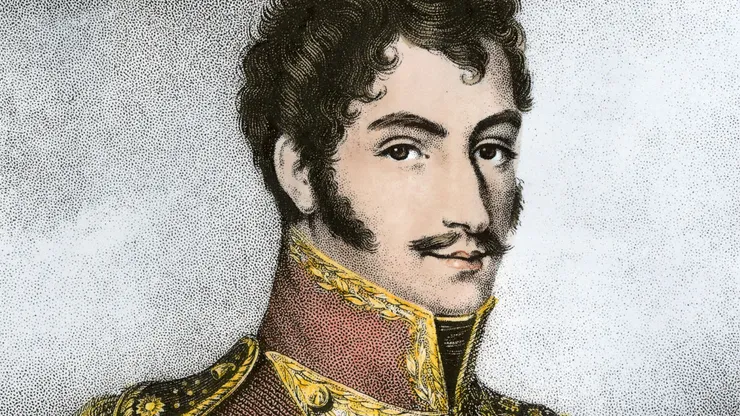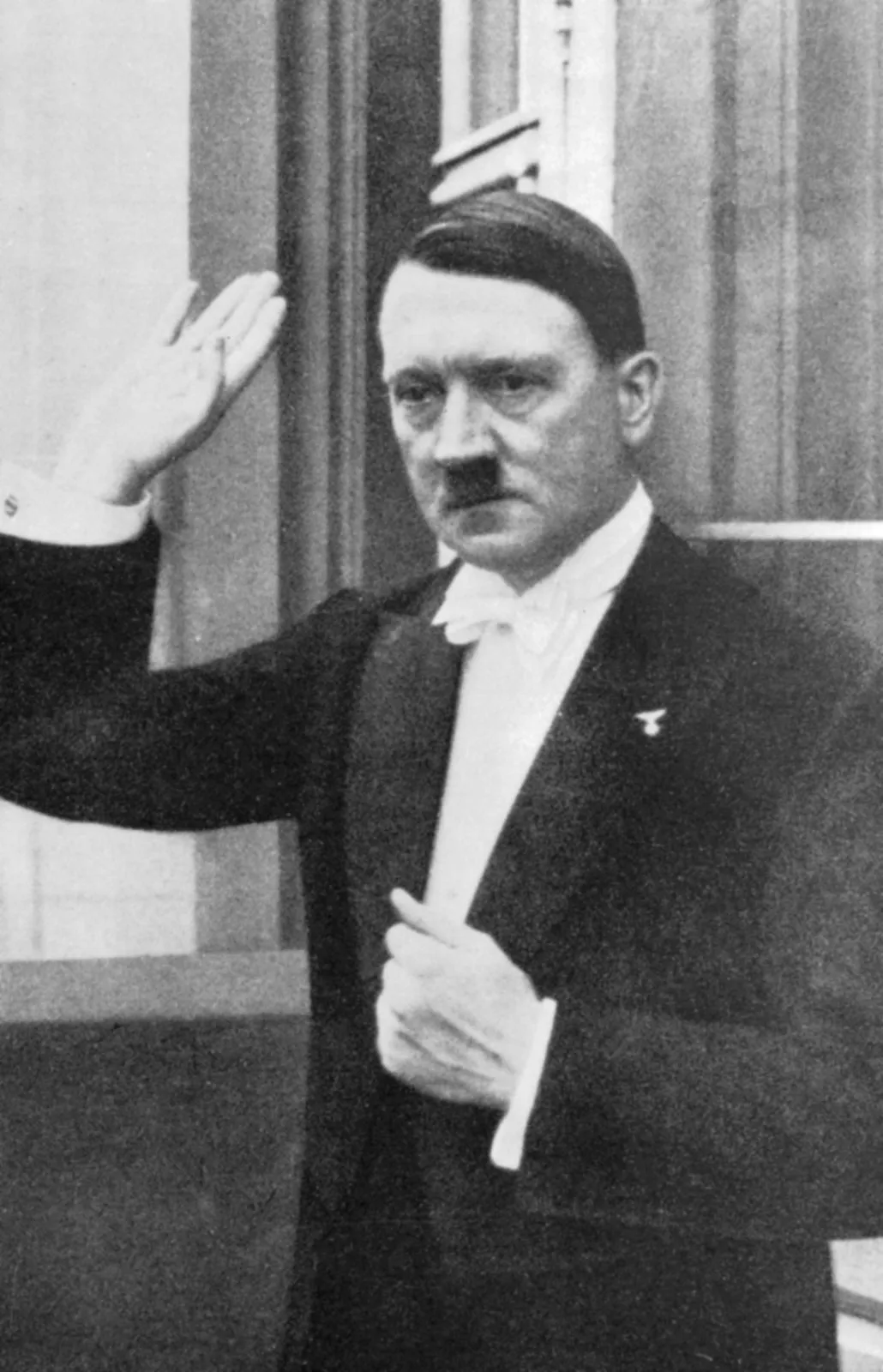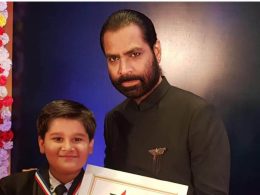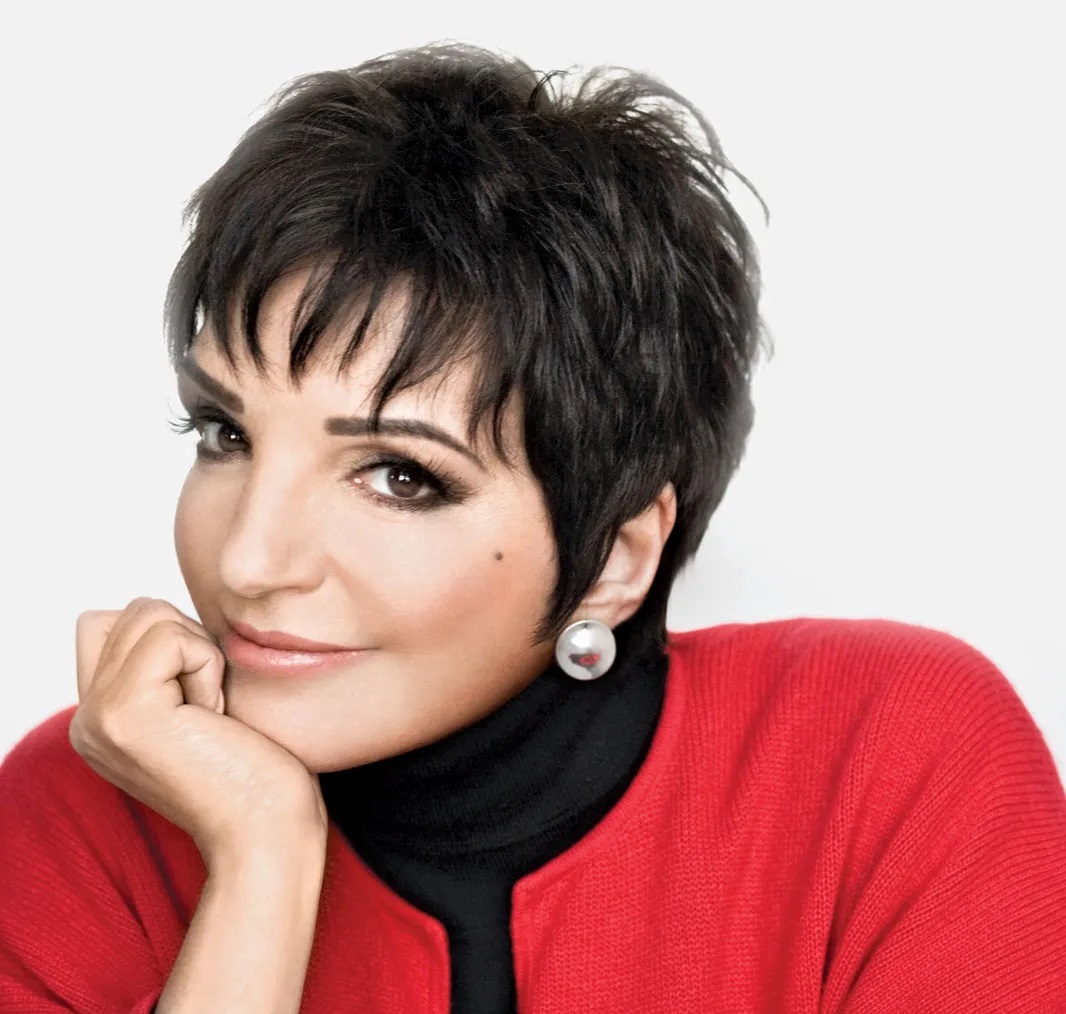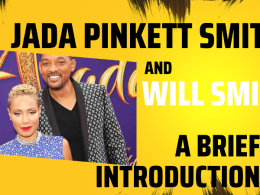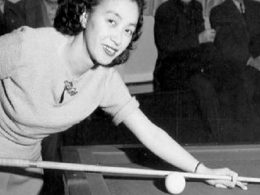Simon Bolivar: (1783/07/24 – 1830/12/17): Venezuelan military and politician
– I will not rest as long as I live until I have liberated my country –
- One of the most influential people in America.
- Positions: President of Gran Colombia, Liberator of Bolivia, Dictator of Peru, Dictator of Guayaquil, President of Venezuela
- Parents: Juan Vicente Bolívar and María de la Concepción Palacios y Blanco
- Spouse: Maria Teresa del Toro Alayza (d. 1802–1803)
- Partner: Manuela Saenz de Vergara
- Name: Simón José Antonio de la Santísima Trinidad Bolívar Ponte y Palacios Blanco
Summary
Venezuelan military leader who played a key role in the revolutions against the Spanish Empire in the early 19th century. He considered one of the most important figures in Latin American history. After a series of military successes, he helped lead the breakaway republics of Venezuela, Colombia, Ecuador, and Peru. He also played a leading role in the Gran Colombia Confederation, which briefly united these republics.
Questions and answers
- What did Simon Bolivar write?
He -author of two political treatises, the Cartagena Manifesto and the Jamaica Charter, in which he encouraged the peoples of South America to rebel against the Spanish Empire. - Simón Bolívar was president of which country?
-Bolívar President of Greater Colombia, Liberator of Bolivia, Dictator of Peru, Dictator of Guayaquil, President of Venezuela. - What campaigns did Simón Bolívar lead?
-He was the head of multiple expeditionary forces against the Spanish, and between 1819 and 1822 he successfully liberated three territories: New Granada (Colombia and Panama), Venezuela and Quito (Ecuador) from Spanish rule. With the Argentine José de San Martín he liberated Peru (1824) and what would become Bolivia (1825). - What was the final plan of Simón Bolívar?
-He wanted to create a confederation that would unite from Mexico to Argentina, but he did not achieve this emancipatory project that included Cuba, Puerto Rico, Florida. - What did Simón Bolívar die of?
-According to official reports, he died of tuberculosis at the age of 47.
“He who serves a revolution plows in the sea”
Simon Bolivar
Simón Bolívar was born on July 24, 1783 in Caracas , Venezuela.
Family
Descendant of a family of Basque origin established in Venezuela since the end of the 16th century, which occupied a prominent economic and social position in the Province.
He was the son of Colonel Juan Vicente Bolívar and María de la Concepción Palacios y Blanco . He had three older siblings, María Antonia, Juana and Juan Vicente, as well as another girl, María del Carmen, who died at birth. Before he was three years old, Simón lost his father, who died in January 1786.
The education of the children was carried out by the mother. Her upbringing was entrusted to Luisa de Mijares and later to the black Hipólita.
Studies
He studied with teachers such as Andrés Bello and Simón Rodríguez . At the age of fifteen, Bolívar was already orphaned of his father and mother. His uncle and his tutor, Don Carlos Palacios, had him transferred to Madrid to continue his studies.
Marriage
At just nineteen years old, on May 26, 1802, he married María Teresa del Toro y Alayza , returning to Caracas to dedicate himself to farming on the inherited haciendas. On January 22, 1803, his wife died of yellow fever. At that time he had an affair with Anita Lemoit, a native of Salamina.
Simón Bolívar returned to Spain and furthered his studies under the guidance of Marquis Gerónimo de Ustáriz , who introduced him to the reading of ancient and modern classics, philosophers and great thinkers. He tours Spain, France and Italy. On the Monte Sacro, in Rome, he swore to free his country (August 15, 1805). In Paris he had Fanny de Villar as a lover.
political and military
Back in Caracas in June 1807, he conspired against the royalist regime .
On April 19, 1810, the Creoles dismissed the governor and captain general Vicente Emparán , forming a Conservative Board of the Rights of Fernando VII , a euphemism behind which true intentions of political independence were hidden. With the rank of colonel, he went on a diplomatic mission to London, where he managed to incline the sympathies of the British government towards the Venezuelan revolution . In the same English capital, he met with Francisco de Miranda and invited him to return to Venezuela.
Cartagena Manifesto
When the first Republic was already lost , due to the military failure of the Marquis del Toro , first, and then of Francisco de Miranda , who capitulated in San Mateo (July 25, 1812), the main leaders had to leave the country as exiles. He was granted a passport to Curaçao , from where he traveled to Cartagena de Indias . It was there that he published the Cartagena Manifesto (November 2, 1812), in which he criticized Miranda’s irresolute action, which led him to capitulation; and, in Memory to the citizens of New Granada(December 15, 1812), invited them to accompany him to liberate Venezuela, after explaining the causes of the republican failure, listing among these the adoption of the tolerant system, the dissipation of public revenues and the federal system.
He began a brilliant campaign along the Magdalena River until he reached Cúcuta . From there he undertook the so-called ‘ Admirable Campaign ‘ (May 14, 1813), which took him triumphantly to Caracas (August 6), after reconquering the cities in his path.
war to the death
In Trujillo he issued the proclamation of ” War to the death “. When the capital was already reconquered, Simón Bolívar governed through three Secretaries of State, but he did not station himself in Caracas, but instead fought in Bárbula (September 30) and in Las Trincheras (October 3). The Municipality of Caracas proclaimed him Captain General of the Armies of Venezuela , with the title of Liberator (October 14).
On November 10, 1813, he was defeated in Barquisimeto , although, in spite of everything, he was able to win in Vigirima (November 25) and in Araure (December 5).
He twice defeated the royalist José Tomás Boves in San Mateo (February 28 and March 25), and over Cagigal in the first battle of Carabobo (May 28), triumphs that failed to consolidate Bolívar’s army. Pressured by Boves, he emigrated to the East at the head of 20,000 Caracas (July 7). In Aragua de Barcelona Bolívar and Bermúdez lost to Moralesthe bloodiest battle of the independence war (August 17).
Outlawed Bolívar and Santiago Mariño by the patriots themselves, they left for Cartagena de Indias, after the Liberator dictated his famous Manifesto of Carúpano (September 7). At the end of 1814 Boves died and the patriots were defeated at Urica (December 5).
Jamaica and Haiti
Faced with the internal dissensions of the New Granadans, Simón Bolívar resigned and sailed for Jamaica (May 10, 1815), where he published his famous Letter of Jamaica (September 6), considered prophetic due to the visionary scope it contained in regarding the future policy of the Latin American countries.
From Jamaica he went to Haiti , where the Venezuelan exiles named him supreme chief, and in this capacity he organized the so-called ‘ Los Cayos Expedition ‘ with ships and supplies provided by Haitian President Alexandre Petion . At the head of said expedition, Bolívar landed in Juan Griego , Margarita Island (May 2, 1816), after having fought the naval battle near Los Frailes the previous day . Failing this part of the campaign, despite having advanced to Ocumare de la Costa, he returned to Haiti, and with a second expedition landed in Juan Griego (December 28), extending the patriot action to other points in the East and South.
On April 11, 1817, the Battle of San Félix took place , in which General Manuel Piar was victorious, putting at the disposal of the patriots the immense resources of Guayana and the important waterway of the Orinoco River . In Angostura (current Ciudad Bolívar) the public powers were established.
Bolívar created the Council of State on September 30 and the Government Council five days later, he also founded the Correo del Orinoco (June 27, 1818) as a means of disseminating republican ideas and actions.
He established personal contact with General José Antonio Páez in Los Llanos (January 30, 1818), and with him and other patriot chiefs he undertook what was known as the ‘ Campaign of the Center ‘, sharing victories ( Calabozo , February 12) and defeats ( Semen , March 16) with Pablo Morillo . He returned to Angostura, where he installed the second Congress of Venezuela
(February 15, 1819). The Angostura Speech is the most important piece of oratory by Simón Bolívar. He makes a sociological analysis of Venezuelans; speaks out against slavery and for democracy; maintains his preference for centralism over the federal constitution; proposes a hereditary Senate as the fundamental basis of legislative power; favors a strong British-style executive branch; makes popular education “the firstborn care of the paternal love of Congress”, coining the maxim: “Moral and enlightenment are the poles of a Republic: morality and enlightenment are our first needs.” And he raises a moral power to prevent administrative corruption, which was not accepted by the deputies of that time but as an appendix to the Constitution of Angostura (August 15, 1819).
President of Venezuela
On February 15, 1819 he was named president of Venezuela , Bolívar, a man of action, went in search of the freedom of New Granada .
From Apure , with llanero soldiers and British Legion officers , he undertook the ‘ Campaign of the Andes ‘, culminating in Barreiro ‘s defeat at Boyacá on August 7. When Viceroy Juan Sámano fled Bogotá , New Granada was free.
The Great Columbia
Bolívar created a government in Bogotá , naming General Francisco de Paula Santander vice president , issued administrative measures, and returned to Angostura, where he created the Republic of Colombia , with the departments of Venezuela , Cundinamarca , and Quito (December 17, 1819). In 1820 he signed an Armistice and a War Regularization Treaty that year (November 27) with the Spanish general Pablo Morillo . When this ended, the battle of Carabobo (June 24, 1821) was reached , which ensured the independence of Venezuela. He entrusted the general
Antonio José de Sucre the incorporation of Guayaquil to Colombia. When this was achieved, Sucre hurried to liberate Quito , which he achieved with the battle of Pichincha (May 24, 1822), while the Liberator was victorious in Bomboná (April 7, 1824) and Junín (August 6,1824), preludes to the battle of Ayacucho (December 9, 1824), fought by Sucre, with which South America was free of Spaniards .
In Quito Bolívar knew Manuela Sáenz , whom he would make his companion practically until the end of his days.
After Bolívar’s interview and José de San Martín in Guayaquil (July 27, 1822), helped Peru with soldiers and weapons. He arrived in Lima , whose government asked him to lead the war.
Dictator of Peru
The Congress of Peru appointed him dictator (February 10, 1824), and he managed to control the intrigues of the Peruvians themselves, while organizing the State, creating schools, establishing the University of Trujillo , or decreeing the death penalty for fraudsters of the public treasure; until he was forced to delegate all his faculties to Sucre (October 24, 1824), because his authority to direct the war in Peru had been suspended.
After the battle of Ayacucho (December 9, 1824), an Assembly meeting in Chuquisaca agreed to the creation of Bolivia (August 6, 1825), whose Constitution was drafted by Bolívar himself.
When he was on his way to Venezuela, called by the outbreak ofLa Cosiata (April 30, 1826), in Peru they named him president for life (November 30, 1826); but the Liberator did not accept.
Already in Venezuela, he pardoned those involved in La Cosiata and held Páez in the position of superior civil and military chief (January 1, 1827). Dissolved the Convention of Ocaña (April 9-June 10, 1828), Bolívar issued the Organic Decree of the Dictatorship (August 27) in addition to suppressing the Vice Presidency of Colombia , with which Santanderwas left without authority. This led to the attempt on the life of the Liberator on September 25 of that year. If he was physically saved, thanks to the intervention of his lover Manuela Sáenz, morally he was very affected.
Death
Bolívar resigned before the last Congress of Colombia (April 27, 1830), and left Bogotá eleven days later for Cartagena. It was there that he was told on July 1 that Sucre had been assassinated. This ended up undermining the already resentful health of the Liberator, who arrived in Santa Marta on December 1 to later move to the fifth San Pedro Alejandrino , in Santa Marta, his last resting place. Simón Bolívar died on December 17, 1830.
Twelve years later (1842) his remains were transferred to Caracas. His burial in the National Pantheon took place on October 28, 1876.
Recapitulation
- Bolívar’s military campaigns began in 1810 when he led an uprising against Spanish rule in Venezuela.
- In 1819 he undertook a military expedition to New Granada (present-day Colombia) that resulted in the establishment of the Republic of Gran Colombia.
- In 1824, he led another expedition to Peru which resulted in the establishment of the Republic of Peru.
- His dream of a united South America never came true, but he is revered as one of the great heroes of Latin American history.





